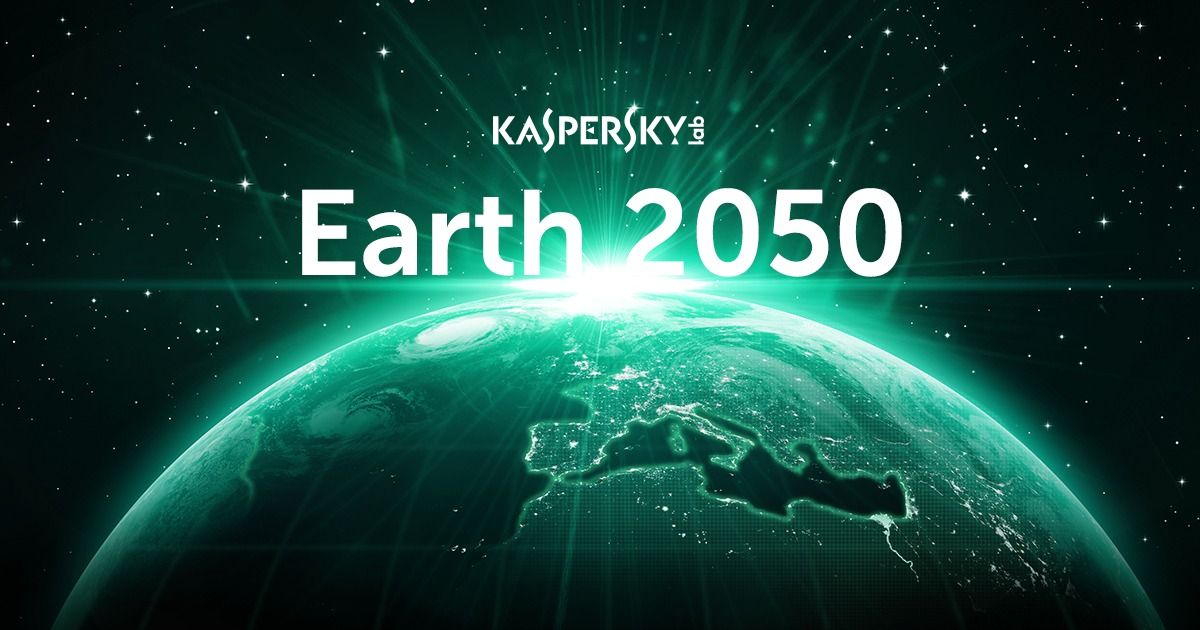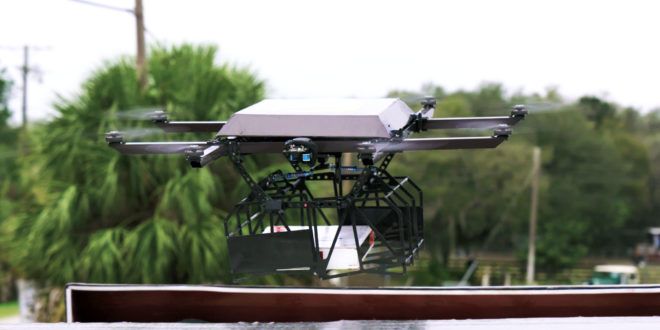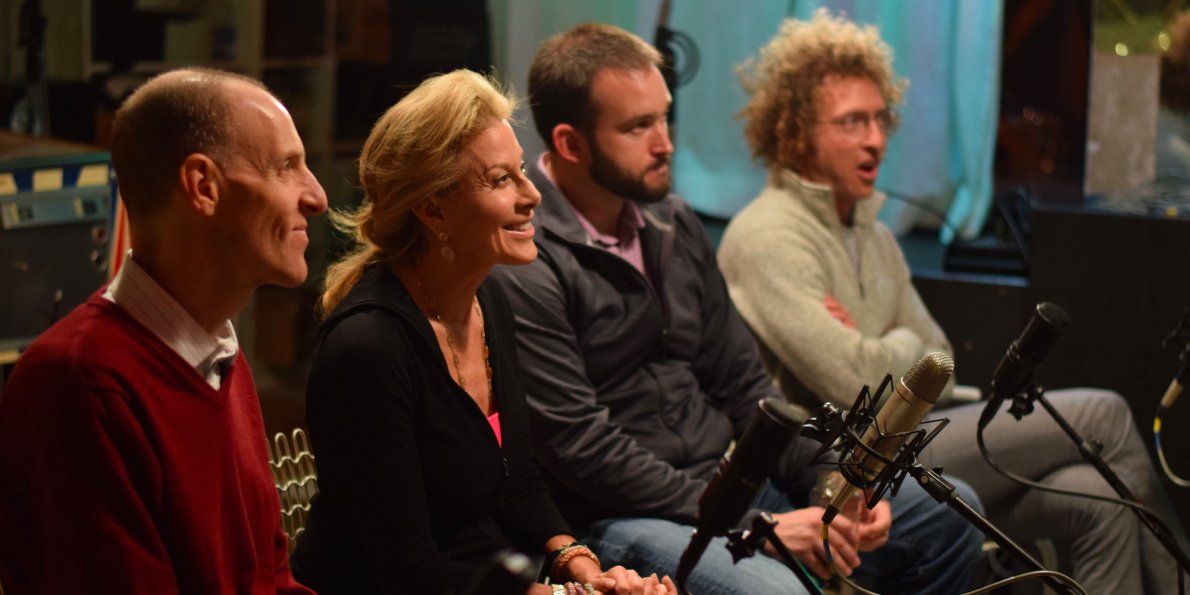See how girls’ interests today could turn into a job of the future. We’re inviting girls to explore their passions further and gain insights from LinkedIn on how to make their dream job a reality.



Even the strongest artificial glues are completely useless when you try to apply them underwater, but somehow shellfish are able to hold fast to rocks to deter predators from trying to carry them away. Clearly, nature has already figured out how to make glues that work underwater, and now researchers may have discovered the secret.


This might be the only notebook you’ll ever need.
Fisher envisions an 80-story, 1,273-foot tower in Dubai with floors that can rotate 360 degrees in both directions. He said he got the idea for a rotating tower that continuously changes shape more than a decade ago while staring out of the Olympic Tower in New York.
“I noticed that from a certain spot you could see the East River and the Hudson River, both sides of Manhattan,” he said on Dynamic Architecture’s website. “That is when I thought to myself: ‘Why don’t we rotate the entire floor? That way, everybody can see both the East River and the Hudson River, as well as Saint Patrick’s Cathedral!’”
This technology allows couples in long distance relationships to ‘touch’ each other from afar.
These tilting windows give you the best view of Chicago.
Check out 360 CHICAGO.